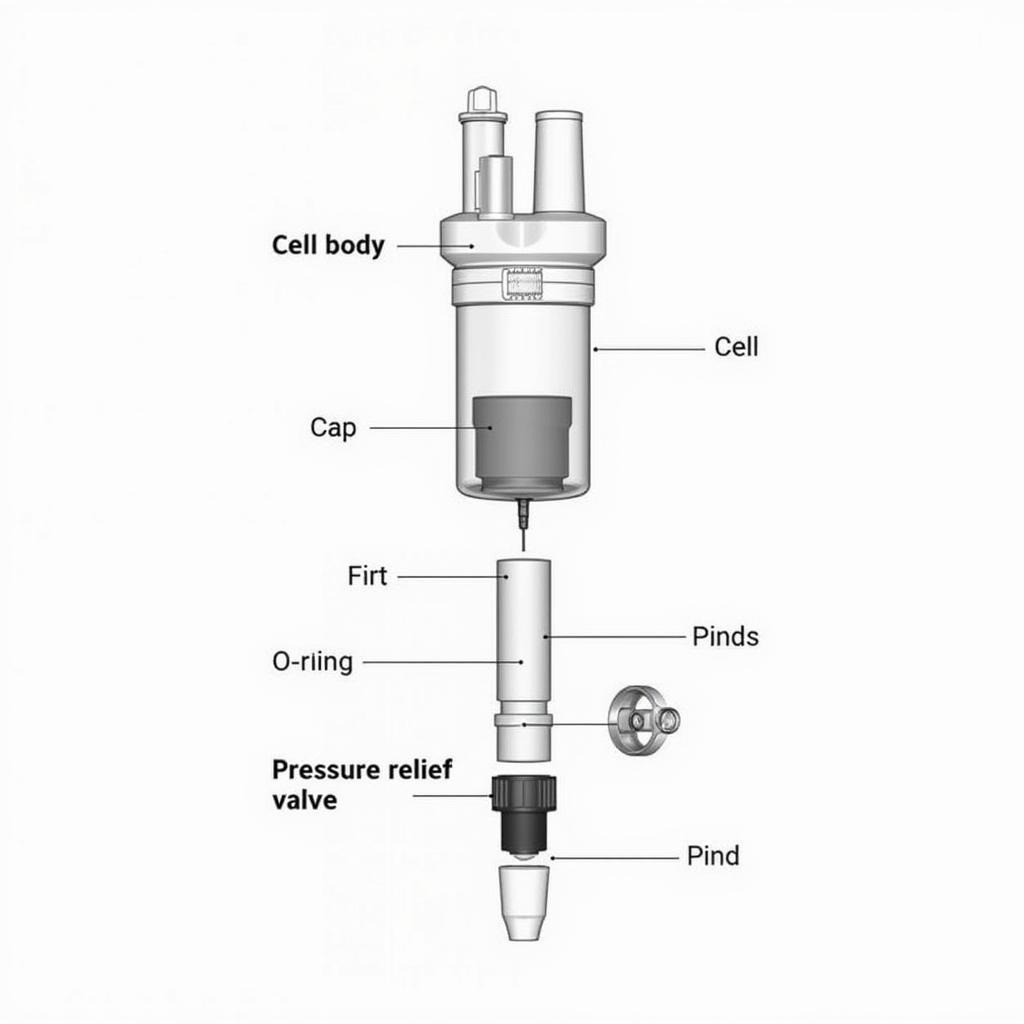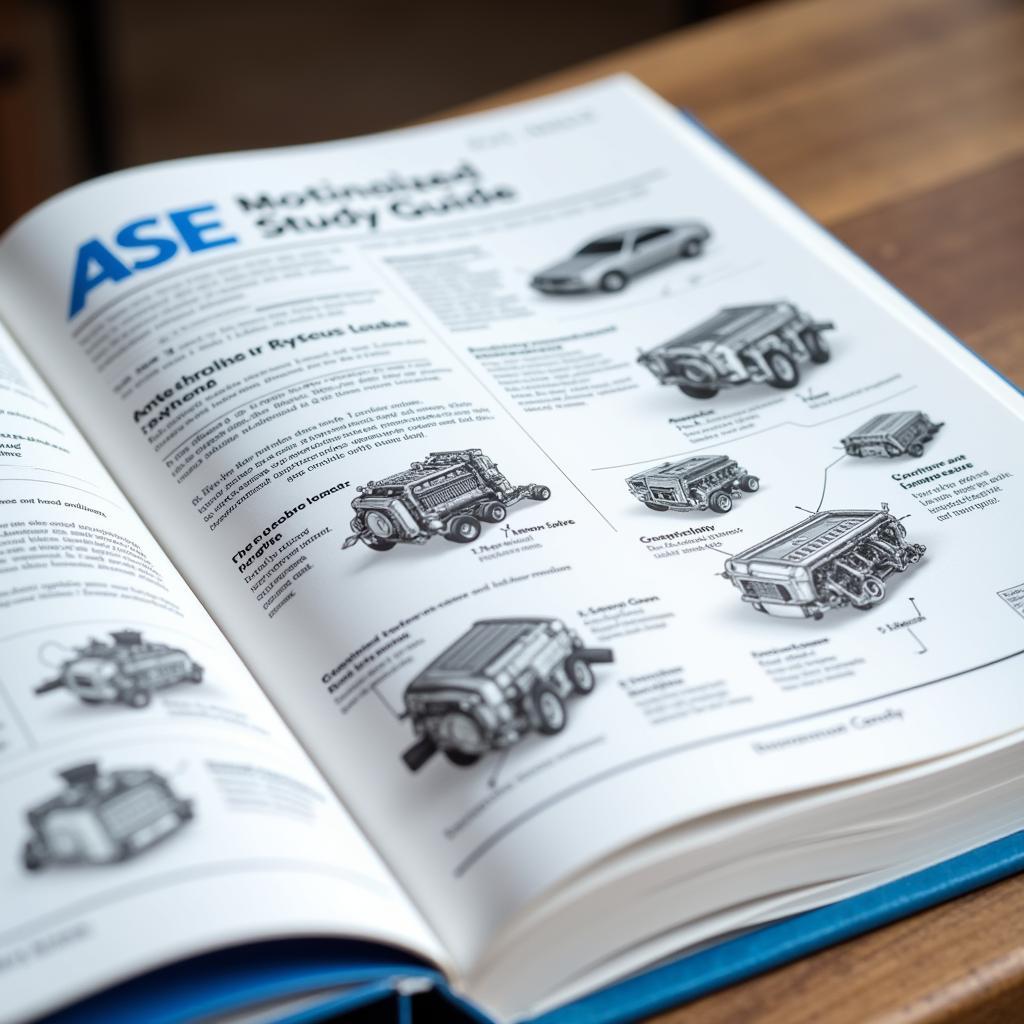Ase 350 Extraction Cells are specialized laboratory equipment designed for efficient and reliable solid-liquid extraction. This guide provides an in-depth look at ASE 350 extraction cells, covering their applications, features, benefits, and considerations for optimal use.
 ASE 350 Extraction Cells in a Laboratory Setting
ASE 350 Extraction Cells in a Laboratory Setting
Understanding ASE 350 Extraction Cells
ASE, short for Accelerated Solvent Extraction, is a technique used to extract analytes from a solid sample matrix using a solvent at elevated temperatures and pressures. The ASE 350 extraction cell is a crucial component in this process, acting as a vessel where the extraction takes place.
How ASE 350 Extraction Cells Work
The solid sample is placed inside the ASE 350 extraction cell, and the chosen solvent is added. The cell is then sealed and heated to a specific temperature while under pressure. These conditions increase the solubility and diffusion rate of the analytes, forcing them to transfer from the sample matrix into the solvent. After a predetermined extraction time, the solvent containing the extracted analytes is collected for further analysis.
 Components of an ASE 350 Extraction Cell
Components of an ASE 350 Extraction Cell
Applications of ASE 350 Extraction Cells
ASE 350 extraction cells find applications across various fields, including:
- Environmental analysis: Extracting contaminants from soil, sediment, and water samples
- Food analysis: Isolating pesticides, herbicides, and other residues from food products
- Pharmaceutical analysis: Extracting active pharmaceutical ingredients (APIs) from drug formulations
- Natural product research: Isolating and purifying compounds from plants and other natural sources
Benefits of Using ASE 350 Extraction Cells
ASE 350 extraction cells offer numerous advantages over traditional extraction techniques:
- Reduced extraction time: Elevated temperatures and pressures significantly accelerate the extraction process.
- Lower solvent consumption: ASE 350 requires smaller solvent volumes, minimizing waste and costs.
- Improved extraction efficiency: The combination of high temperature and pressure leads to higher analyte recovery.
- Automation: ASE 350 systems can be automated, increasing throughput and reproducibility.
Choosing the Right ASE 350 Extraction Cell
Selecting the appropriate ASE 350 extraction cell depends on several factors:
- Sample volume: Cells are available in various sizes to accommodate different sample amounts.
- Cell material: Stainless steel is the most common material, but other options like titanium and Hastelloy are available for corrosive samples.
- Temperature and pressure ratings: Ensure the cell can withstand the required extraction conditions.
Tips for Optimal Use and Maintenance
- Properly prepare samples: Grinding and homogenization can improve extraction efficiency.
- Use high-quality solvents: Impurities in solvents can interfere with analysis.
- Avoid overfilling cells: Leave sufficient headspace to allow for pressure changes during heating.
- Clean cells thoroughly after each use: Prevent cross-contamination and ensure longevity.
Conclusion
ASE 350 extraction cells have revolutionized solid-liquid extraction, offering a faster, more efficient, and environmentally friendly alternative to traditional methods. Understanding the different aspects of ASE 350 extraction cells, including their applications, benefits, and selection criteria, empowers researchers to optimize their extraction processes and achieve reliable results.
FAQs about ASE 350 Extraction Cells
What is the maximum temperature and pressure that ASE 350 extraction cells can withstand?
ASE 350 extraction cells are typically rated for temperatures up to 200°C and pressures up to 1500 psi. However, it is crucial to consult the manufacturer’s specifications for the specific cell model.
Can ASE 350 extraction cells be used for both liquid and solid samples?
While primarily designed for solid-liquid extraction, ASE 350 cells can also be used for liquid-liquid extraction by employing suitable inserts or adaptations.
What are the common maintenance procedures for ASE 350 extraction cells?
Regular cleaning with appropriate solvents, inspection of o-rings and seals, and proper storage are essential maintenance practices for ASE 350 extraction cells.
Where can I find more information about ASE 350 extraction cells and their applications?
For detailed information and support, contact our expert team at ASEAN Media.
Need assistance with ASE 350 extraction cells or other laboratory equipment?
Contact Asean Media at +84 369 020 373 or [email protected]. Our team is available 24/7 to provide support and guidance. You can also visit us at Thôn Ngọc Liễn, Hiệp Hòa, Bắc Giang, Việt Nam.

